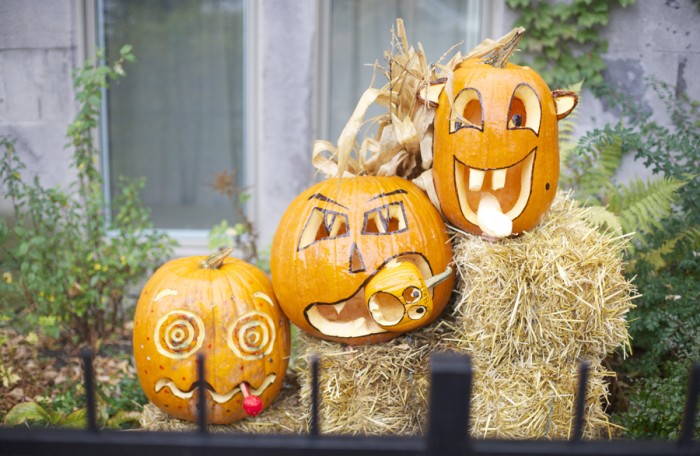Being a grown-up is really hard. Any young adult can attest that our first encounters with personal finances, heartbreak, and aging parents can be downright scary. The real world is indeed a frightful place, rife with political instability, wildfires, and unexpected ways to die. The idea of having a specific holiday with the purpose of frightening the masses seems redundant at this point in time—our lives are already scary enough. Thankfully, Halloween is about much more than fear itself.
As a child, the purpose of Halloween seemed abundantly clear: Dress up, get spooked, get candy, and eat candy. Kids think about their costumes with great anticipation, and genuinely look forward to immersing themselves in the Halloween spirit. It is, after all, a day that celebrates the key facets of childhood: Play, fantasy, and creativity.
Alas, as our bodies age and our minds become jaded by the general mess that is human life, our imaginations slowly waste away. We play less, work more, and become generally less enthused about Halloween. Finding a costume becomes a source of stress, tacked on to the long list of other things that need to get done. Trick-or-treating is no longer an option, replaced by run-of-the-mill house parties or nights out in half-assed unicorn costumes bought at Walmart the day of.
Yet, things don’t need to seem so dire. The imagination is a muscle: It may be weakened by years of inaction, but it is still ready to be used. Halloween is the perfect occasion to reinvigorate our childhood spirits, and it deserves to be recognized as such. Halfway through the most stressful period of the semester, it’s incredibly vital to take this one day to prioritize living out our wildest fantasies.
Halloween may seem like a strange thing to spend valuable energy on in the middle of a bustling life, but it’s important to remember that play is actually good for you. Celebrated psychologist Abraham Maslow included play among 14 attributes essential for living a fulfilled life. Playfulness, according to Maslow, can be defined by amusement, humour, gaiety, and effortlessness. There are few better ways to let go of everyday stresses and inhibitions than to dress up as a completely different person, animal, or object.
Better yet, putting actual effort into making a costume that you care about is a sure-fire way to flex those imaginative muscles, and get the most out of Halloween. There are two ways to potentially go about the task of building a costume: Either think of something you would specifically want to be and seek out the necessary pieces, or go to a thrift shop and improvise an outfit. Last year, my friend and I went full-on goth for no more than 10 dollars, using thrifted items and things we already owned. It was lit.
In addition, the fun of Halloween goes beyond imaginative play and creative thinking. Experiencing fear in a non-life threatening context can be delightful in and of itself. The adrenaline-fuelled excitement brought on by horror films, escape rooms, and insane corn mazes can trigger positive emotions like relief and triumph once the initial spook wears off.
At its core, however, the point of Halloween is to literally and figuratively embody someone else, which allows you to escape the stresses of regular life. Or, if you actually do need to work or do something important on the day of, taking care of business while dressed as ‘80s pop icon Cher is a surefire way to make your day infinitely more special.
It’s abundantly clear that Halloween is not a day to waste. It serves an important purpose: To remind us that despite everything we have going on, time spent having fun is never time wasted. In fact, I’d argue that adults need Halloween more than children do—kids don’t need to be reminded to have fun. As an adult, it’s easy to get caught up in the mundanity of busy life, and to forget the simple joys of pumpkin carving and fake blood.









